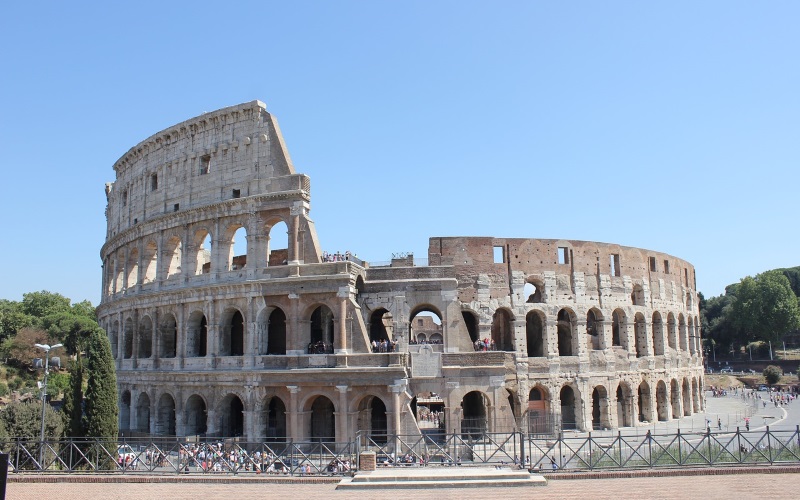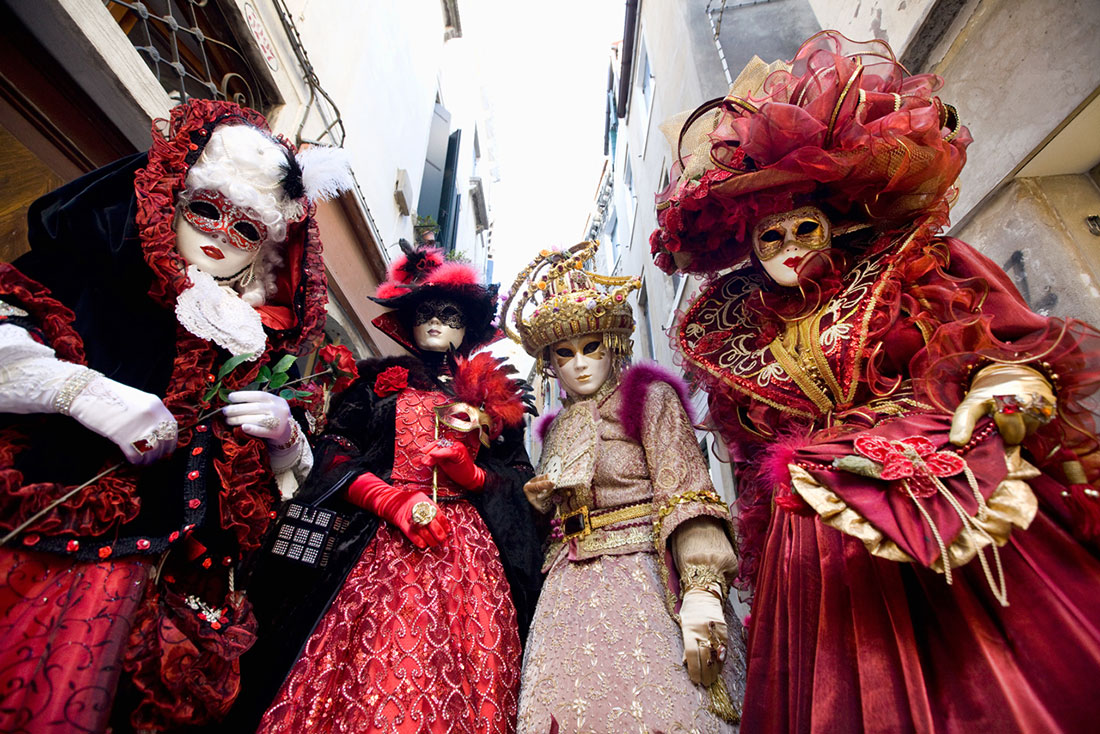History of Travel and Tourism
 2000 years before Christ, in India and Mesopotamia
2000 years before Christ, in India and Mesopotamia
Trade travels have existed since the beginning of civilization. At that time, the port of Lothal was an important center of trade between the Indus Valley and the Sumerian civilizations.
600 BC and later
Early forms of leisure travelers can be traced back to the Babylonian and Egyptian empires. In Babylon, a museum of historical antiquities was opened to the public. The Egyptians held many religious holidays that attracted devout and simply curious people. Aliens flocked to cities to see famous works of art and buildings.
In India, as elsewhere, kings traveled a lot to strengthen empires. Brahmanas and ordinary people traveled for religious purposes. Thousands of brahmanas and ordinary people flocked to Sarnath and Sravasti to be honored with the miraculous smile of the Enlightened Buddha.
500 BC, Greek civilization
Greek tourists traveled to the healing places of the gods. At this time, society increasingly began to enjoy sports. Athens has become an important destination for tourists visiting major attractions such as the Parthenon. In large cities and seaports, hotels were arranged to meet the needs of travelers. In them, the courtesans were the main entertainment offered.
Travel notes arose at this time. Herodotus was the first guidebook writer. Guides that appeared in the fourth century described Athens, Sparta and Troy. There were road signs that began to tell travelers the location of the hotels.
The Roman Empire
In the absence of borders between countries from England to Syria, and with the removal of pirates from the seas by Roman patrols, travel conditions improved dramatically. The first good roads in combination with roadside hotels (the predecessors of modern motels) contributed to the growth of travelers. The Romans traveled to Sicily, Greece, to Rhodes, to Troy and Egypt. Since 300 AD trips to the Holy Land have become very popular. The Romans introduced their travel guides (itineraria), which listed hotels with symbols to determine their quality.
Not far from Rome, rich summer houses were built, occupied mainly during the spring season. Fashionable resorts are being built around the Gulf of Naples. Naples attracts senior citizens and the intelligentsia, fashionists and aesthetes flock to Cumae, while Bajae attracts commoners, becoming a place known for its hooliganism, drunkenness and night chants.
Travel and tourism have never reached a similar status before.
Middle Ages
Traveling in the Middle Ages was difficult and dangerous, regardless of whether people traveled on business or out of a sense of duty.
Going on a journey, adventurers sought fame and fortune. Europeans tried for commercial purposes to open the sea route to India and thus discovered America and partially explored Africa.
Traveling around the world, wandering players and minstrels earned a living. Missionaries, saints, etc. traveled to spread the sacred word. The Mughals laid the foundation for travel in India for the sake of relaxation. Mughal kings built magnificent palaces and set up beautiful gardens in places of exceptionally picturesque. For example, Jehangir traveled to Kashmir, struck by its beauty. Regularly traveled to build empires and for pilgrimage.
Grand tour
From the beginning of the seventeenth century, a new type of tourism appeared, which was a direct consequence of the Renaissance. During the reign of Elizabeth I, young people who wanted to become lawyers were offered to go to the continent to receive the appropriate education. Later it became common for a young gentleman to go to the Grand Tour for three or more years, accompanied by a tutor. During an allegedly educational trip, young people enjoyed life and culture in Paris, Venice or Florence.
By the end of the eighteenth century, this tradition became a distinctive feature of the nobility. Gradually, traveling for pleasure replaced educational travel. The Napoleonic Wars forced almost to abandon travel for about 30 years, which led to a partial loss of the tradition of the Grand Tours.



